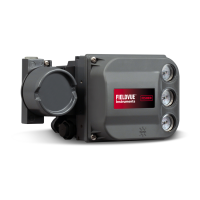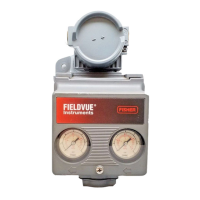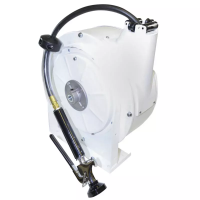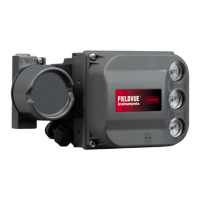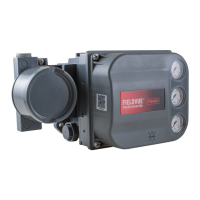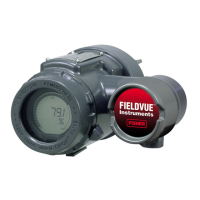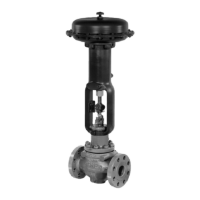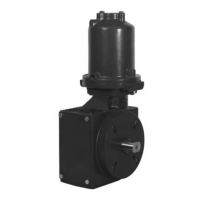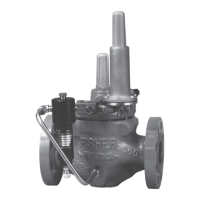Instruction Manual
D103176X012
Detailed Setup and Calibration
June 2017
10
calibration or stroke valve. However, if you abort from a procedure where the instrument is in the Test mode, it may
remain in this mode. To take the instrument out of the Test mode, select Control Mode then select either Analog or
Digital.
Restart Control Mode
Restart Control Mode (Restart Cont Mode) lets you choose which operating mode you want the instrument to be in
after a restart. Follow the prompts on the Field Communicator display to define the restart control mode as Resume
Last, Analog, or Digital.
Restarting the Instrument
Restart resets the instrument in the same manner as when power to the instrument is interrupted. When Restart is
issued, all of the newly entered configuration variables become active. Otherwise, they may not take effect until the
instrument is placed In Service.
Burst Mode
Enabling burst mode provides continuous communication from the digital valve controller. Burst mode applies only to
the transmission of burst mode data (analog input, travel target, pressure, and travel) and does not affect the way
other data is accessed.
Access to information in the instrument is normally obtained through the poll/response of HART communication. The
Field Communicator or the control system may request any of the information that is normally available, even while
the instrument is in burst mode. Between each burst mode transmission sent by the instrument, a short pause allows
the Field Communicator or control system to initiate a request. The instrument receives the request, processes the
response message, and then continues “bursting” the burst mode data.
There are four burst mode commands. Command 3 is recommended for use with the Rosemount
R
333 HART
Tri-Loopt HART-to-analog signal converter. The other three are not used at this time.
Command 3 provides the following variables:
D Primary variable—analog input in % or mA,
D Secondary variable—travel target (valve set point) in % of ranged travel,
D Tertiary variable—output pressure in psig, bar, or kPa,
D Quaternary variable—travel in % of ranged travel.
To enable burst mode select Mode > Burst > Burst Enable. To send a burst mode command, select Burst Command.
Burst mode must be enabled before you can change the burst mode command.
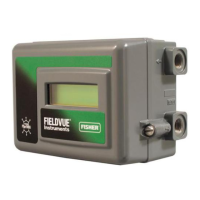
